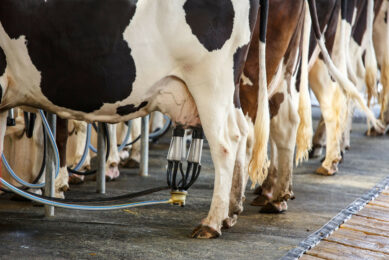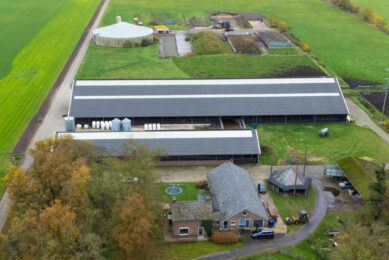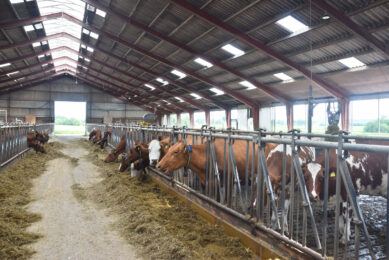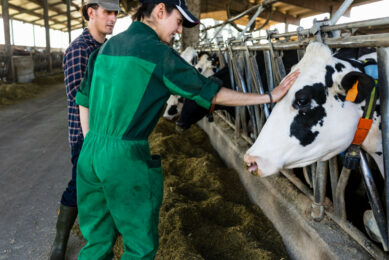How lame dairy cows can recover better
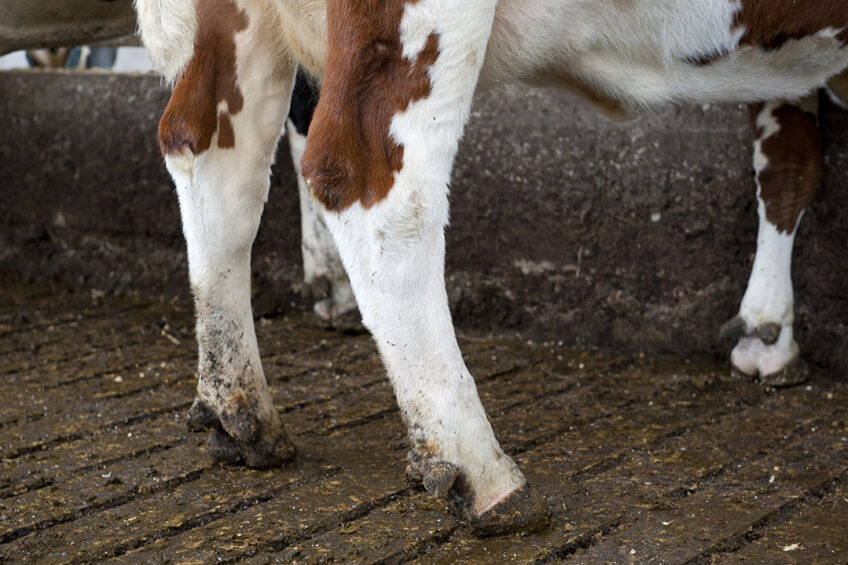
A recent study concludes that lame cows can recover better when housed in hospital pens. The study was carried out by Aarhus University (AU) and SEGES.
It is well-known that lameness in dairy cows is a major and widespread problem in dairy herds globally. It affects the bottom line, productivity and is also of course a welfare issue. SEGES worked together with (AU) researchers to study the effect of housing lame cows in hospital pens. They looked at lame cows housed in deep-bedded hospital pens and whether they would recover better than dairy cows that are kept together with other lactating cows in the ‘standard’ barn.

Study
The study took place with 168 lame dairy cows from five different herds. Each herd was visited once weekly, and lame cows (with a locomotion score of 3 or 4 on a scale from 1 to 5) were examined in a hoof-trimming chute, hoof trimmed when needed, and randomly allocated to one of two treatments:
• Treatment group: housing in hospital pen
• Control group: standard housing together with the other lactating cows in the herd
Locomotion scoring
According to Aarhus university, scoring took place as cows were locomotion scored every week until they were no longer lame or until they had been included in the study for three weeks. Based on these locomotion scores, the cows were grouped in order to describe the development of lameness over time, the groups were:
• Cows recovering from lameness
• Cows with improved locomotion score but without complete recovery
• Cows with unchanged locomotion score
• Cows with worsened locomotion score
Results
The results a showed a significant difference between the control group and the treatment group. Among cows receiving a locomotion score 4 at the beginning of the study, 73% of the control cows still had a locomotion score 4 three weeks later. For cows in hospital pens, the corresponding proportion was only 40%. 46% of the cows in hospital pens had experienced an improvement of their locomotion score compared to only 16% in the control group. While 14% of the cows in hospital pens and 11% of the control cows had a total recovery from lameness during the study period.
“Our results show that lame dairy cows benefit from a stay in a hospital pen. Typically, farmers only house severely lame cows in hospital pens. However, our results indicate that less severely lame cows may also benefit from a stay in a hospital pen,” senior scientist Peter Thomsen adds.
Access to feed, water and lying places may prove difficult for lame cows. Thomsen says, “Therefore, it is reasonable to expect that lame cows may benefit from housing in a hospital pen. The flooring is typically softer, and there are fewer cows and less competition for resources.”
Causes of lameness
The most common causes of lameness are: laminitis, claw disease, digital dermatitis, and foot rot. It is imperative to make sure that optimum hoof health is top priority on-farm.
More info about SEGES
Source: Aarhus University



